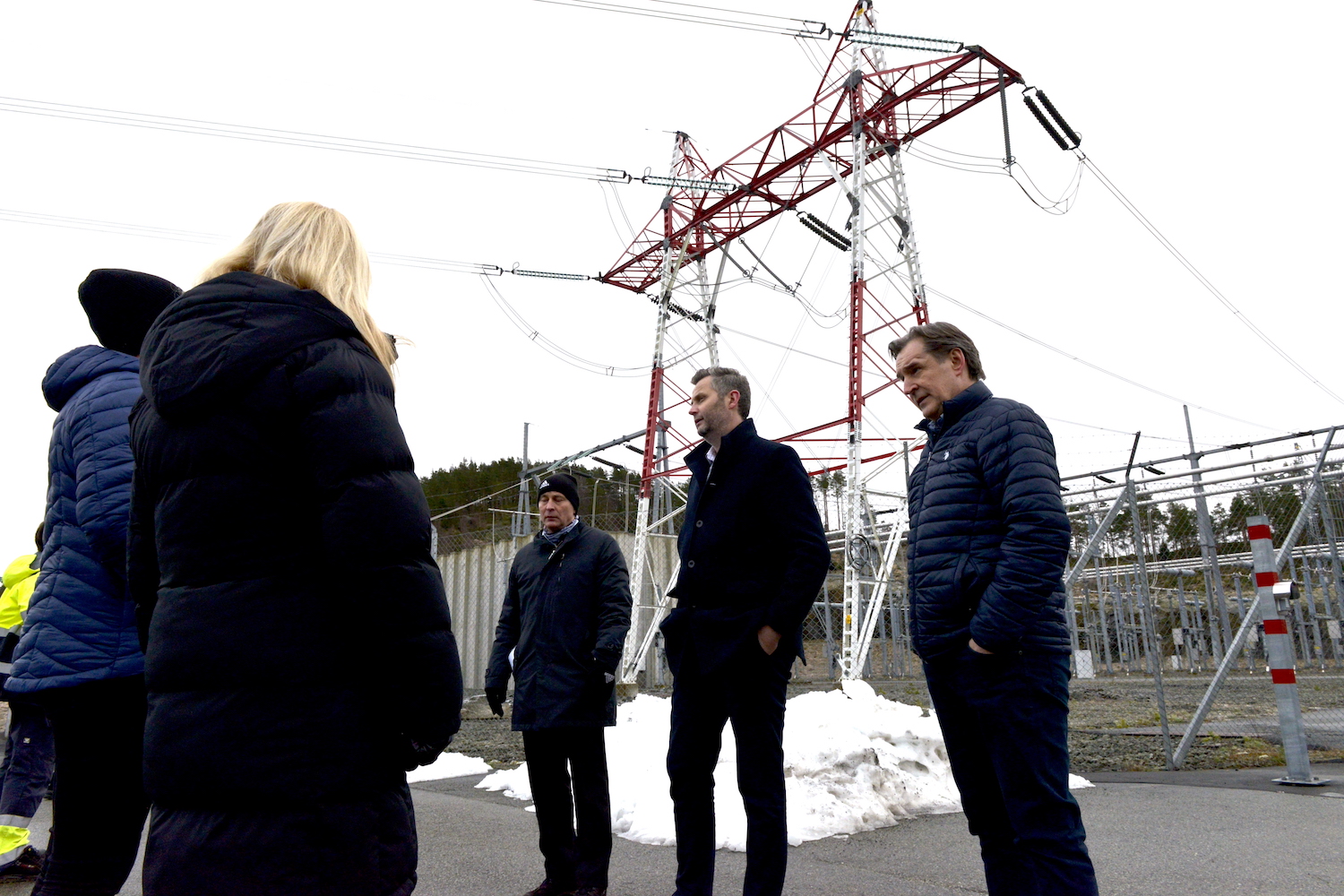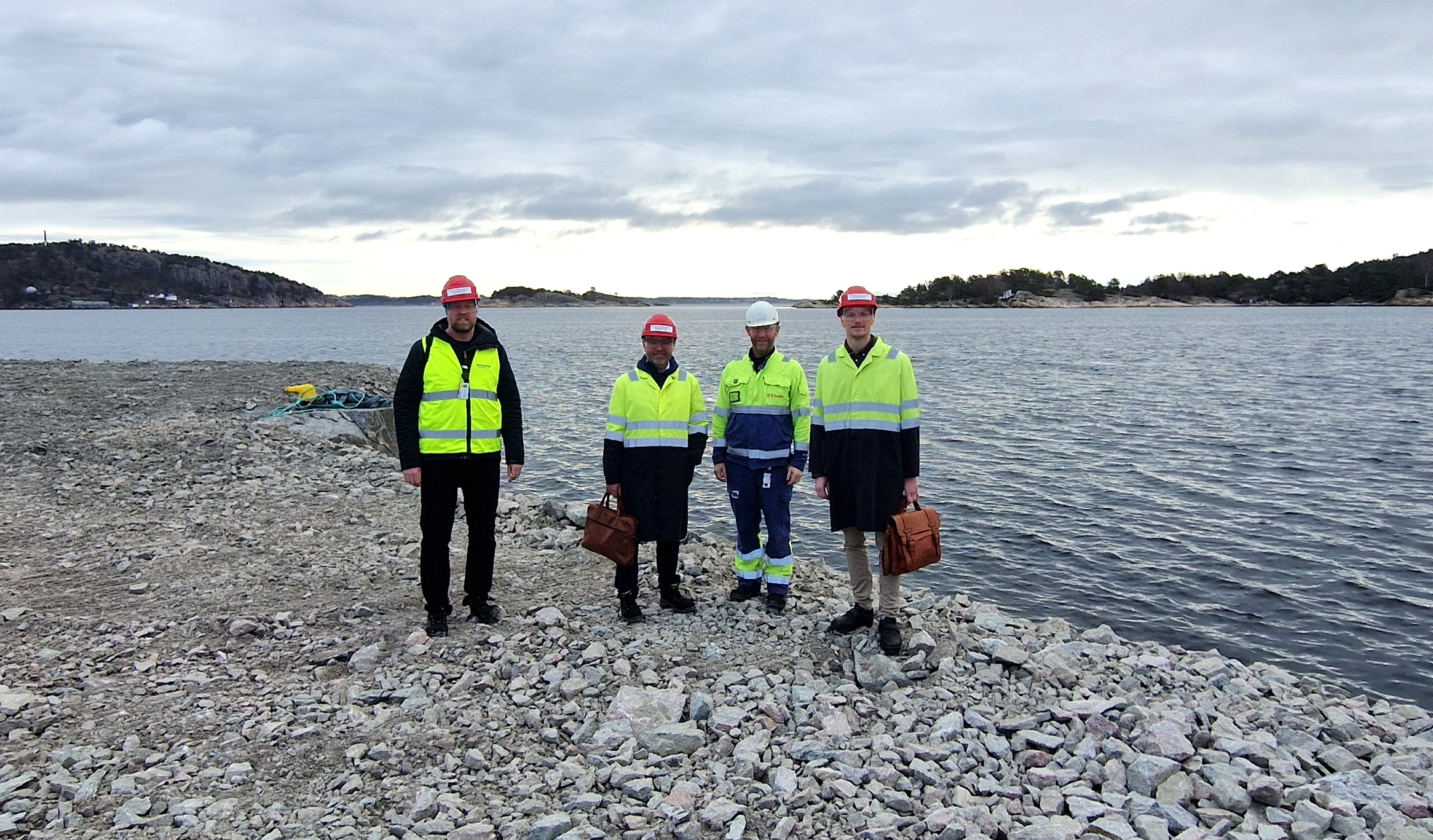“The infrastructure for landing a subsea power cable and connecting to the Statnett transmission grid in Kvinesdal seem to be present. We rest assured that the local authorities welcome a new source of green energy to the region”, says Karstein Brekke, Project Manager at Hydro.
Last week’s factfinding mission was triggered by signals from the Norwegian TSO Statnett that Kvinesdal is the preferred landing location for a cable from the planned offshore wind park at Sørlige Nordsjø II. Together with the German energy giant RWE, Equinor and Hydro have formed a consortium to compete for the license to develop a bottom-fixed wind farm.
In Kvinesdal, Hydro and Equinor were welcomed by Hans Fredrik Grøvan, Head of Lister Næringsforening and the mayors of Farsund, Lyngdal and Kvinesdal.
“The Lister region has a lot of power-intensive industries and is already a power hub. We also have lots of relevant expertise. Additional power from offshore wind will open up new industrial development, increase growth and add jobs to the region,” said Grøvan.
IMPORTANT INFRASTRUCTURE
Arne Eik, Project Manager at Equinor, was curious as to whether there was room for landing a new cable in an area that is already the landing point for the power cable between Norway the Netherlands. A converter station for an offshore wind cable will require an area of at least 200 by 100 meters on land, in addition to new power lines to Statnett’s transmission network.
Mayor of Kvinesdal Per Sverre Kvinlaug replied that the municipality has extensive experience in handling planning processes on power development. The infrastructure for power installations is already robust, and there are available areas that are unlikely to interfere with other interests.
“We are in the process of planning for a 2,000-acre industrial area where the cable will probably land. Several questions need to be answered, but we will work quickly,” said Kvinlaug.
Eik pointed out that the Norwegian authorities want Sørlige Nordsjø II to start production as early as 2030. That leaves little time for planning and development.
“In order to meet deadlines, we need to start planning before we know whether we receive a license of not. That is why we are here today,” said Eik.
Hydro’s representative Karstein Brekke added: “This has been very useful for our continued work on this project. You seem very interested in accommodation whoever wins. We hope it will be us, and we look forward to working with you.”






